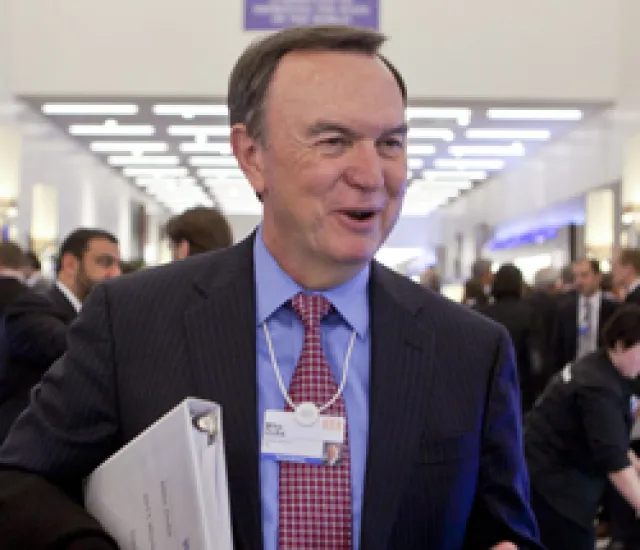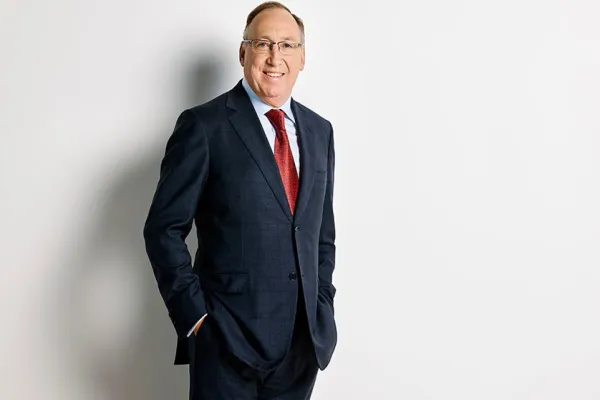When Wal-Mart Stores announced a 21 percent dividend increase in March, it boasted of plans to return more than $5 billion to shareholders through dividends just this fiscal year. “We continue to generate ample free cash flow to . . . deliver returns to shareholders through dividends and share repurchases,” proclaimed CEO Mike Duke.
Like the giant retailer, a growing number of companies have been tapping their huge caches of cash to reward shareholders through dividend issues or increases, share buybacks or both. Some 510 companies hiked dividends in the first quarter, compared with 399 in first-quarter 2010, reports Standard & Poor’s. Buybacks are also back. In last year’s fourth quarter, stock repurchases surged more than 80 percent from fourth-quarter 2009, to $86.4 billion. This was the largest percentage and dollar increase since S&P began tracking the data in 1998, says Howard Silverblatt, a senior index analyst at S&P Indices. Shareholders can hardly complain about either buybacks or dividend hikes, but are investors better off with one rather than the other? And even better off with both?
Somewhat surprisingly, recent S&P data purports to show that investors fare better with a buyback than with a dividend increase, despite the latter’s remittance of cold cash. However, this was the case only if a company was committed to regularly repurchasing its shares. In a study released late last year, the rating agency noted that 353 S&P 500 companies both bought back stock and paid dividends in the three years ended June 30, 2010. Ninety-five just repurchased stock, 39 only paid cash dividends, and 13 did neither. (To be sure, this was an extraordinary period for the markets, encompassing a nearly 50 percent drop in the S&P 500, followed by a 15-month rally that reversed the bulk of the losses. Nonetheless, S&P says this is the only period it studied.)
Companies that did buybacks and nothing else during the three years generated an average unweighted total return (any dividends plus stock price gains or losses) of –10.5 percent. That compares with –12.7 percent for companies that only issued dividends. Those that paid dividends and also did a stock buyback came out worst: –21.3 percent. What’s most telling is that companies that did “high-frequency” buybacks — in nine or more of 36 quarters — performed by far the best. Their total returns fell just 4.4 percent. “Those companies that dipped their toe in buybacks did not do as well as the ones that were aggressive,” contends a co-author of the study, Todd Rosenbluth, an S&P equity analyst.
What concerns his colleague Silverblatt is that investors may so eagerly bid up stock prices to reward buybacks that companies will do even more buybacks, as they did in 2006 and ’07. That, in turn, would put a damper on cash dividends. “They are separate but connected,” he says. “Buybacks are nothing more than a short-term benefit to shareholders.” Adds Rosenbluth, “Dividends are stickier.”
Nevertheless, a McKinsey & Co. study published May 4 concludes that buybacks and dividends have an equal impact on share prices. What counts, says the consulting firm’s head of corporate finance research, Tim Koller, is the amount of a company’s cash flow distribution, not whether it is paid out in dividends or buybacks. McKinsey found that earnings multiples are essentially the same for companies having similar total payouts, no matter what their mix of dividends and share repurchases.
For 50 years companies have paid out about 60 percent of their earnings, on average, in dividends and buybacks. But until the early 1980s, less than 10 percent consisted of share repurchases; now they constitute 50 to 60 percent. McKinsey says the reason for the shift is that companies want flexibility on payouts and that investors expect dividend cuts only in dire circumstances but are less sensitive to curtailed buybacks.
Still, the study debunks the biggest argument for buybacks — that they increase stock prices because they increase earnings per share. Although buybacks do increase earnings per share mathematically, McKinsey explains, the rise is offset by a decline in a company’s price-earnings ratio as it takes on extra leverage to buy the shares, becoming a riskier investment. The net effect on share value: zero. McKinsey also notes: More often than not, companies buy their shares when prices are high.







